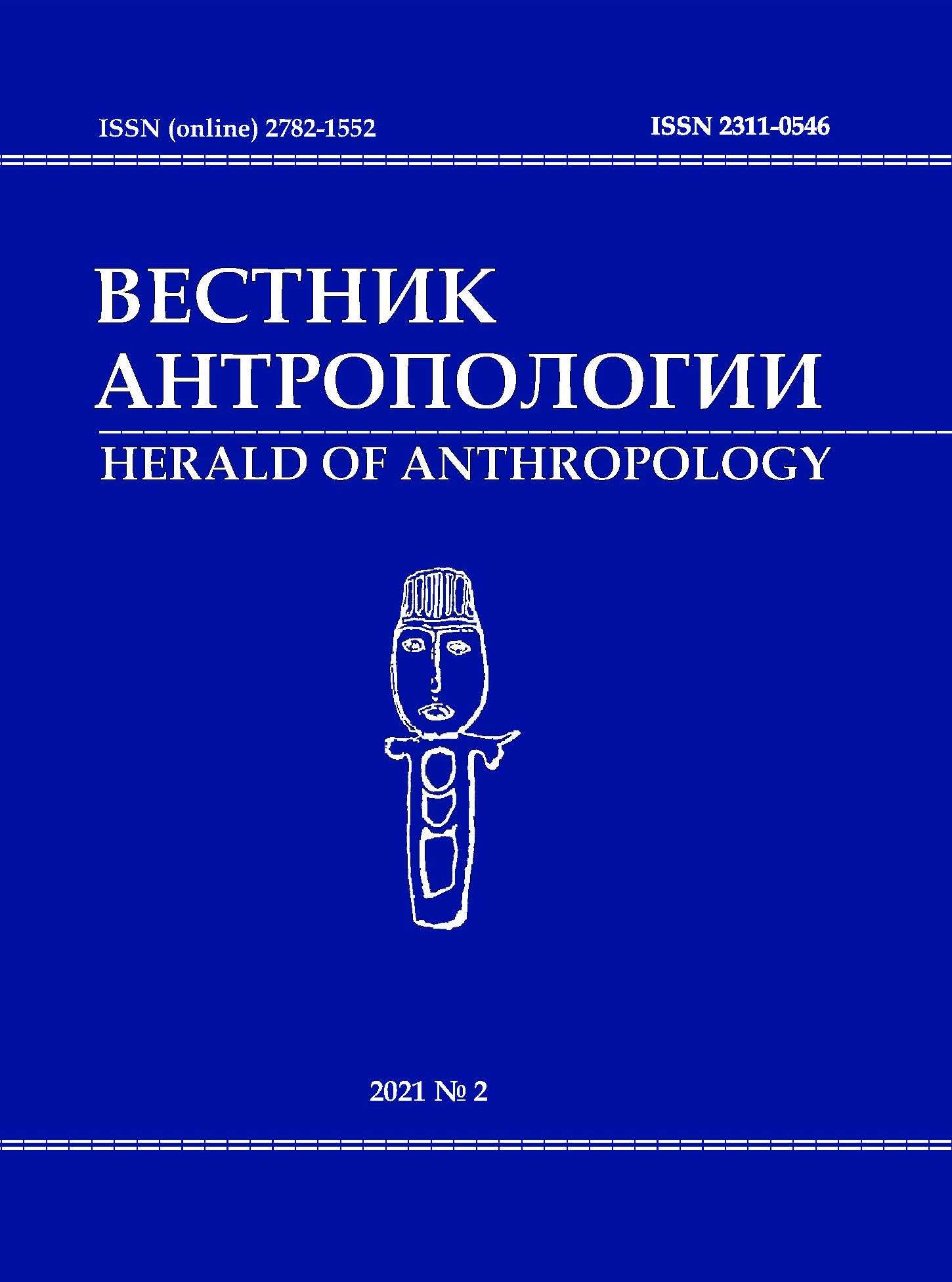Old Order Amish: Conservative Religiosity that Stopped the Time
DOI: 10.33876/2311-0546/2021-54-2/35-43
Keywords:
eligious doctrine, tradition, religiosity, everyday life, Old Order AmishAbstract
The article studies the formation and conservation of a very specific religious group – Old Order Amish, and how their religious doctrine affected their everyday practices. In fact, the whole life style of Old Order Amish is determined by Ordnung – a scope of rules that allowed them to preserve their distinctiveness and devotion to traditions. Ordnung consists of its written part (documents written by religious leaders that contain dogmatic statements determining specifics of religious and daily life) and oral part (unwritten rules that gradually developed in each community and determined particular details of daily life, not recorded in the written documents). Unwritten rules of the Ordnung may lightly vary in different communities and change over time. Yet, Old Order Amish are very cautious about any changes, which can only affect minor details. All their life is strictly regulated by the rules of conduct inside and outside the community and permitted technologies, tools and personal use items. Old Order Amish believe that Ordnung sets them on the right path and helps them not to let sins of the outside world into their lives. Following both religious doctrine and traditions determined by the oral part of Ordnung ensured the formation and reproduction of Old Order Amish as a particular group that dramatically differs from its neighboring population.
For Citation: Kazmina, O.E. 2021. Old Order Amish: Conservative Religiosity that Stopped the Time. Herald of Anthropology (Vestnik Antropologii) 2: 35–43.
References
- Dronova, T.I. 2018. Religioznyi kanon i narodnye traditsii kak mekhanizm formirovaniia, sokhraneniia i evoliutsii etnokonfessional’noi gruppy (na primere staroverov Ust’-Tsil’my) [Religious Canon and Popular Traditions as Mechanism of Formation, Conservation and Evolution of Ethnoreligious Group (On the Example of Ust-Tsilma Old-Ritualists)]. PhD diss. Abstract, Moscow State University.
- Grimes, B.F. (ed.) 2000. Ethnologue. Languages of the World. Vol. 1. Dallas: SIL International.
Hostetler, J.A. 1993. Amish Society. Baltimore: John Hopkins University Press. - Kraybill, D.B. 2001. The Riddle of Amish Culture. Baltimore: Johns Hopkins University Press.
- Melton, J.G., and M. Bauman, eds. 2002. Religions of the World. A Comprehensive Encyclopedia of Beliefs and Practices. Vol. 1. Santa Barbara: ABC Clio.
- Nolt, S.M. 2003. A History of the Amish. Intercourse: Good Books.
- Redcay, T.J. 1987. The Old Order Amish in Plain Words and Pictures. Gettysburg: Tem Inc.
- Smith, E.L. 1992. The Amish. Lebanon: Applied Arts Publishers.
- Williams, P.W. 2008. America’s Religions: From Their Origins to the Twenty-First Century. Urbana: University of Illinois Press.





















